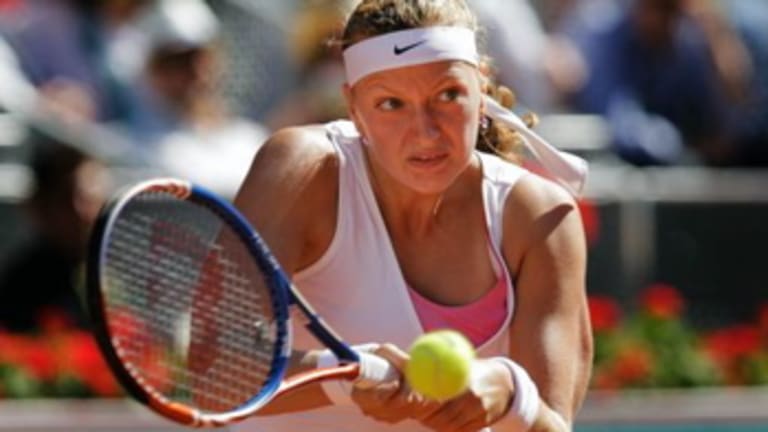Another day, another quartet of clay-season forecasts. I’ll stick with the alphabetical formula. Just like yesterday, that means we get three men and one woman. The ladies will stage a comeback in the second half of the week.
Clay Crystal Ball, Part II
By Apr 11, 2012Tennis.com Interview
Down time with puppy Yatzy, fighting mindset propel Denis Shapovalov to Dallas Open final
By Feb 09, 2025Tennis.com Interview
Casper Ruud nearly lost to Jaume Munar, then "stayed in it" to reach Dallas final
By Feb 09, 2025ATP Rotterdam, Netherlands
Carlos Alcaraz battles past Hubert Hurkacz in Rotterdam to reach first indoor final of career
By Feb 08, 2025Betting Central
Doha Betting Preview: Will Iga Swiatek win a fourth straight Qatar TotalEnergies Open?
By Feb 08, 2025Dallas Open
Reilly Opelka could be disciplined for calling Greg Allensworth "worst ump on tour"
By Feb 08, 2025Stat of the Day
Belinda Bencic wins Abu Dhabi, the biggest title a mom has won since 2020
By Feb 08, 2025Lifestyle
The Tennis Traveler: WTA 1000 Doha warms up Qatar for Formula 1 event at end of February
By Feb 08, 2025Sports on TV for Sunday, Feb. 9
By Feb 08, 2025Dallas Open
Tommy Paul slices his way past Reilly Opelka in "super weird" overdue first ATP meeting at Dallas Open
By Feb 08, 2025Clay Crystal Ball, Part II
Published Apr 11, 2012
